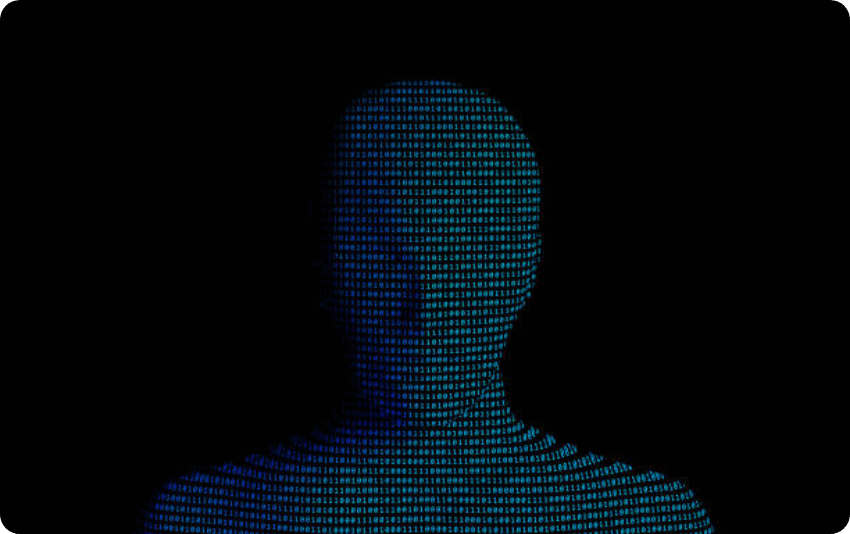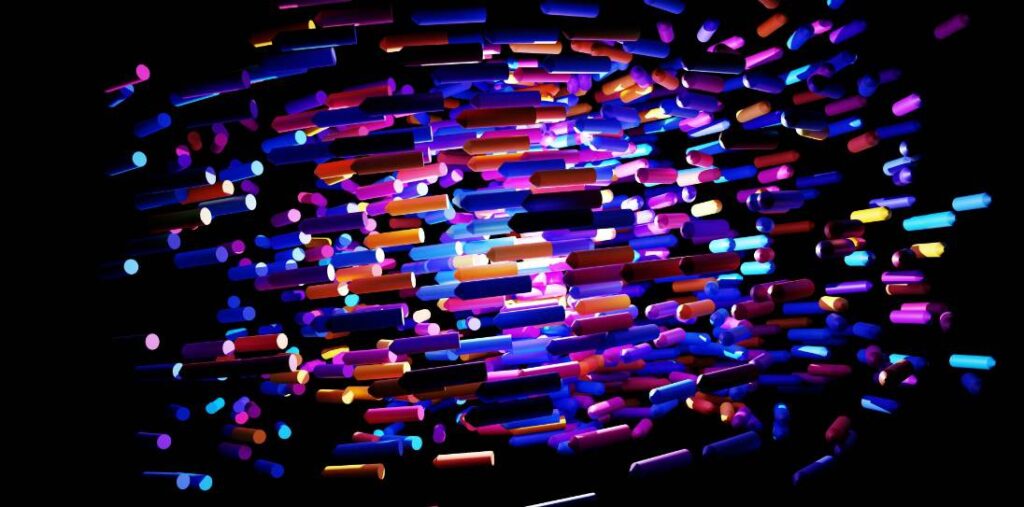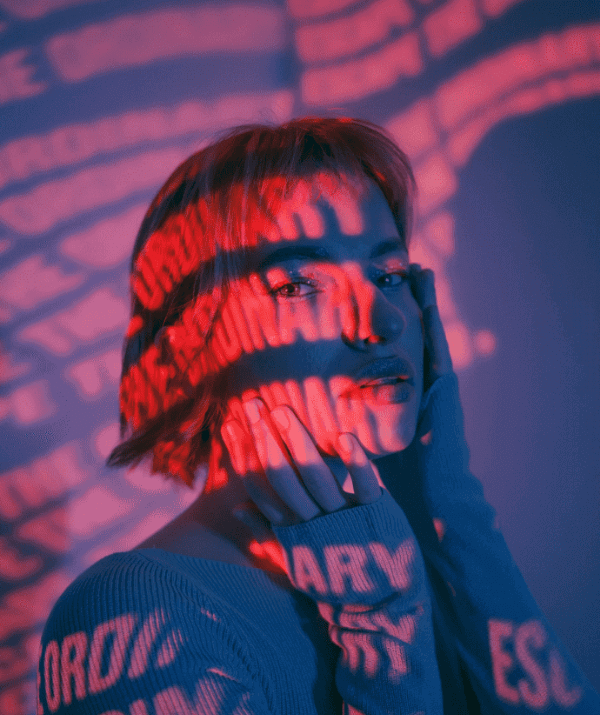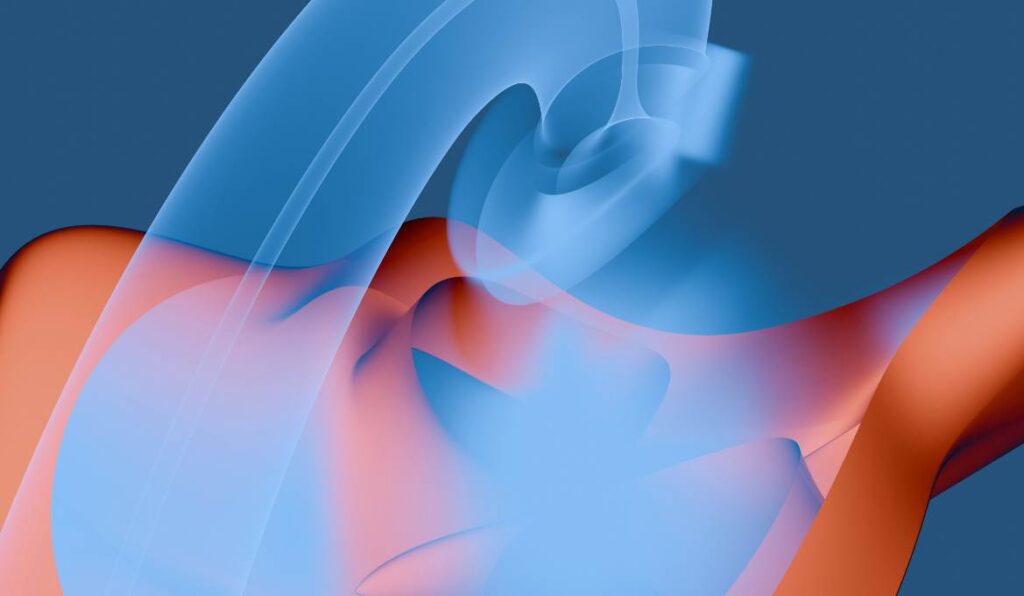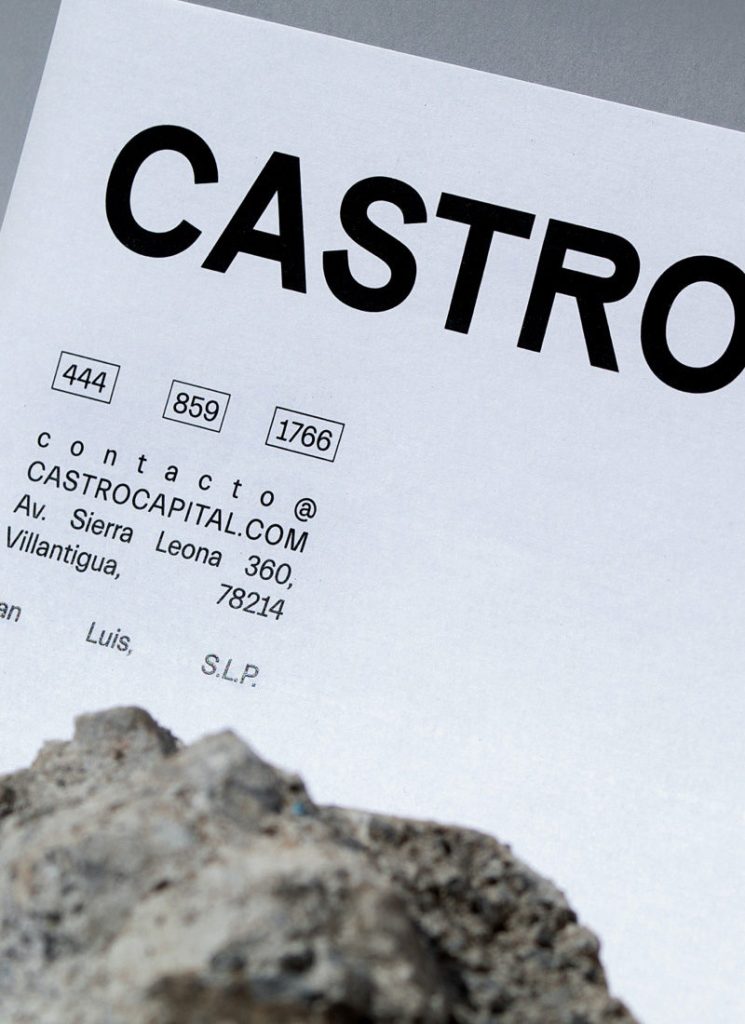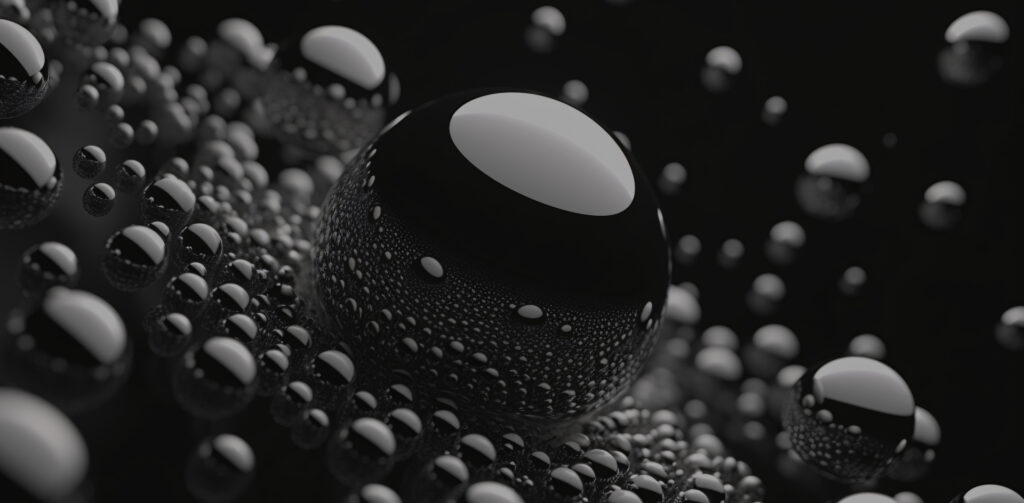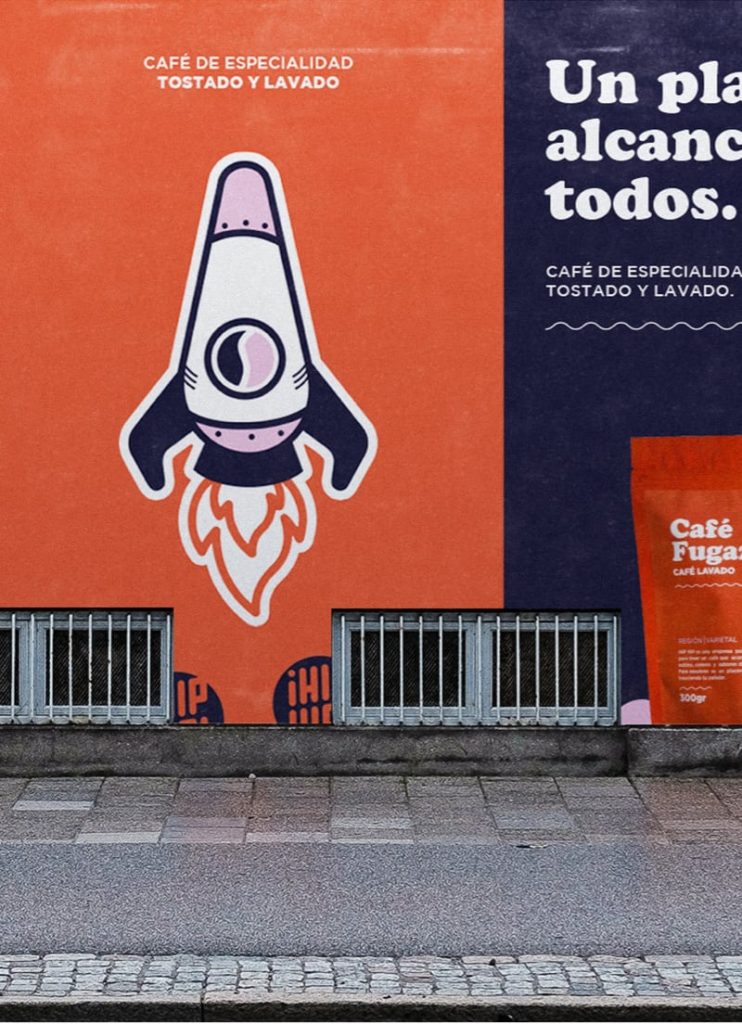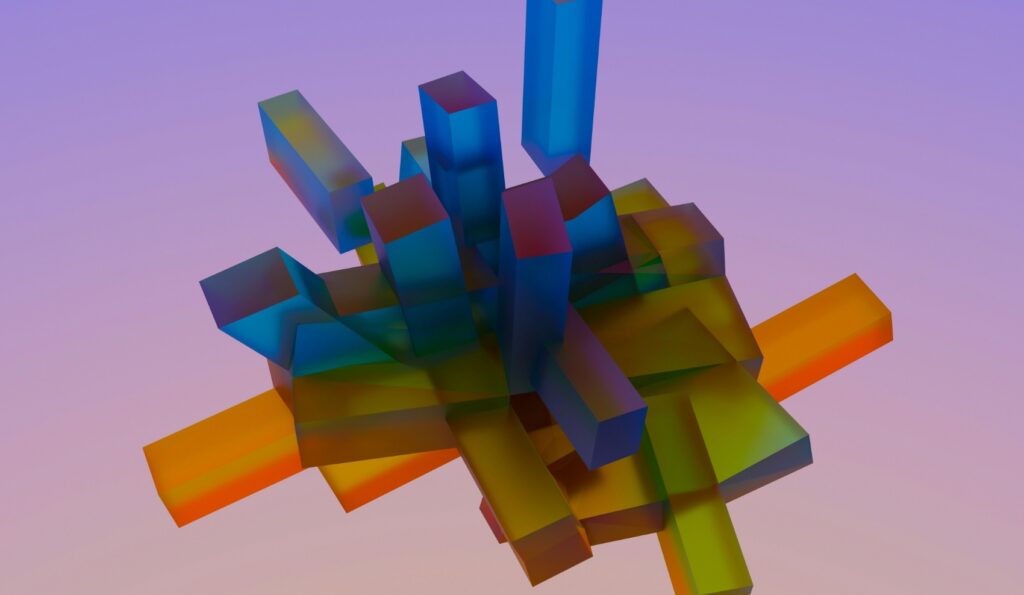The landscape of Artificial Intelligence (AI) is rapidly evolving, with advancements playing a crucial role in transforming creative industries. Recently, the advent of AI-driven tools for music composition and voice content generation has garnered significant attention. AIVA (Artificial Intelligence Virtual Artist) is at the forefront of this revolution, showcasing how AI can not only assist but also inspire creativity. Moreover, the integration of Distributed Artificial Intelligence systems is changing how these technologies operate, making them more efficient and versatile. This article delves into these developments, exploring the interaction between AIVA, voice content generation tools, and Distributed AI.
.AIVA, initially developed as a tool for composing classical music, has expanded its repertoire to include various genres, including electronic, rock, and cinematic scores. Its technology employs deep learning algorithms trained on an extensive dataset of music compositions, making it capable of producing original pieces that adhere to specific styles and emotions. This expansion marks a significant milestone in the intersection of music and technology, as it allows creators to leverage AI not just as a tool for assistance but as a collaborator.
AIVA’s underlying technology consists of neural networks that analyze existing compositions, learning patterns in melody, harmony, and rhythm. Musicians and composers can input their preferences, allowing AIVA to generate music tailored to specific projects. This capability addresses the demand for rapid content creation, particularly in industries like film and advertising, where musical scores are vital for conveying emotions and enhancing stories.
.Another significant development in the realm of voice content generation tools is the emergence of systems designed to create realistic voiceovers and spoken content. Companies like Descript and Respeecher have developed AI-powered platforms that can generate human-like speech, allowing creators to produce voice content more efficiently than ever. These tools are particularly valuable in e-learning, podcasts, and video production, where maintaining a consistent and high-quality audio presentation is crucial.
Integrating AIVA’s music generation capabilities with voice content generation tools opens up new possibilities for content creators. For instance, educational platforms can utilize AIVA to generate background music while employing voice generation tools to create engaging narration for their courses. This seamless integration enhances the learning experience, making it more immersive and appealing to users.
The intersection of AIVA and voice content generation tools is indicative of a broader trend within AI—Distributed Artificial Intelligence. This approach enables various AI systems to collaborate and share information, enhancing efficiency and problem-solving capabilities. In the context of creative industries, Distributed AI can lead to the development of comprehensive platforms that integrate multiple functionalities, streamlining the content creation process.
.Distributed Artificial Intelligence works by decentralizing decision-making processes across multiple agents or systems. In practical terms, this means that instead of relying on a single AI model, multiple models can work together to achieve a common goal. This collaborative approach not only improves the speed and accuracy of content generation but also fosters innovation by allowing different models to contribute their strengths.
For example, envision a scenario where AIVA collaborates with voice content generation tools in virtual production environments for film and television. AIVA could generate an original score based on scene parameters, while voice content generation tools produce realistic character dialogues. This synergy would enable filmmakers to experiment with dynamic scoring and voice performance, yielding richer storytelling experiences.
Moreover, Distributed AI can enable personalization at an unprecedented scale. Within the realm of content consumption, AI systems can analyze user preferences and behavior to curate music and voice content tailored to individual tastes. By leveraging collaborative learning, these systems can continuously improve their recommendations, resulting in a more engaging user experience.
.An important consideration in the development of AI-driven creative tools is the ethical implication of their use. As AI-generated content becomes more prevalent, questions about authorship, originality, and copyright arise. Who owns the rights to music created by AIVA? How can organizations ensure that voice content generated by AI adheres to ethical standards and respects the rights of human artists? Addressing these issues will be crucial in establishing a framework for responsible AI usage in creative fields.
Industry stakeholders are increasingly recognizing the significance of these ethical considerations. Organizations are developing guidelines and best practices to navigate the complexities of AI-generated content. For example, initiatives like the AI and Copyright project aim to explore the intersection of AI, intellectual property, and creativity, providing insights into how to manage rights and ownership in this evolving landscape.
.As AI technologies like AIVA and voice content generation tools continue to advance, their role in shaping the future of creativity becomes clearer. These tools not only enhance productivity but also open up new avenues for artistic expression. They encourage collaboration between humans and machines, enabling artists to push the boundaries of traditional creative practices.
Emerging trends suggest that we are entering an era where AI is not merely a tool but a co-creator. As artists increasingly engage with AI systems, they can embrace experimentation and innovation, leading to the discovery of new artistic forms. For instance, musicians can collaborate with AIVA to create entirely new genres or styles that blend human creativity with machine learning outputs.
.AIVA and voice content generation tools represent a shift in how we perceive creativity. By integrating Distributed Artificial Intelligence, these technologies foster collaboration and efficiency across various creative domains. As we continue to witness the rapid evolution of AI, it is imperative to address the ethical and legal implications of these developments, ensuring that the integration of AI into the creative process remains a source of inspiration rather than contention.
The future of creativity is bright, marked by a synergy between human artists and advanced AI systems. As tools like AIVA and voice content generation technologies continue to evolve, they will shape the landscape of music, film, education, and beyond. Through responsible practices and ongoing dialogue about ethics, we can harness the potential of AI to elevate the creative experience for artists and audiences alike.
Stephen Hawking once said, “The greatest enemy of knowledge is not ignorance, it is the illusion of knowledge.” As we advance in the realm of AI, it is vital to maintain an open mindset and embrace the unknown possibilities that these technologies can offer while ensuring that we tread carefully and ethically in their deployment.
**Sources:**
1. AIVA: https://www.aiva.ai
2. Descript: https://www.descript.com
3. Respeecher: https://www.respeecher.com
4. AI and Copyright Project: https://www.aiandcopyright.com
5. IEEE Transactions on Artificial Intelligence – Distributed Artificial Intelligence: https://ieeexplore.ieee.org/Xplore/home.jsp
